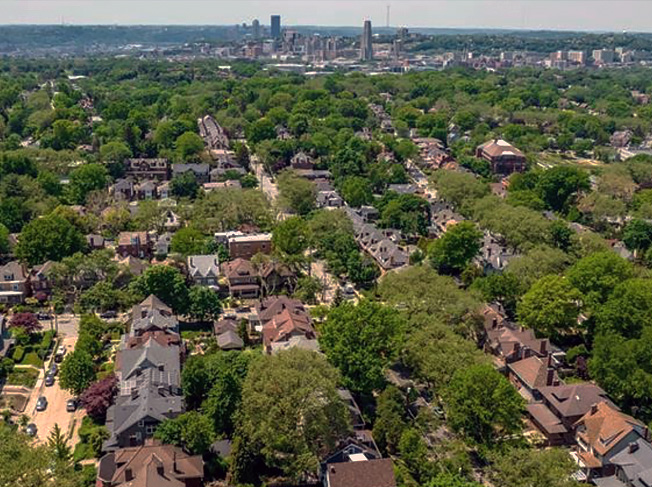Quantum Theatre’s Red Hills Review
After visiting a small booth near The Recycling Building on the corner of Smallman Street and 32nd Street, I was given a choice. I could either take a tour of Rwanda or listen to a lecture on Rwandan prayers. More interested in the country itself, I decided to embark on the Rwandan tour. This would not be the last time I was able to interact with Red Hills. Once I stepped into the bookstore and the tour and play began.
Interactivity is at the core of the Red Hills experience, which weaves in and out of the ninety minute play. Audience participation moves the story forward in both heartbreaking and humorous ways. The fourth wall does not exist and audiences are characters, themselves. While this may sound terrifying for shy or introverted audience members, the experience is worth the risk of being implanted into the story with little notice or direction. Red Hills set out to immerse the audience in its world and every aspect of production focused on this goal. Characters spoke directly to the audience, choices are made and words are spoken to the characters. From the writer, to the stage hands and the audience every person created Red Hills.
The location of the play, both within The Recycling Building and around the perimeter, combines high detail and minimalism in its design. (Quantum Theatre asks to bring umbrellas if rain is in the forecast.) While junkyard cars and red sand from Rwanda are used in the production, the stage has been set up to evoke a sense of emptiness and isolation. Large amounts of space between props and differences in elevation allow audience’s eyes to be drawn to the characters, rather than stealing away their attention.
As for the characters, there are only two actors on the stage, if the audience and their participation is not included. A third character is later introduced, but her image is projected, her existence only in flashbacks. The staged actors mastered their performances, their emotions felt real and were hard to distinguish between reality and fiction. There were times my heart raced at a character’s rage. I would wonder if the actor was crying like their character, faces red and twisted in agony. As for the flashback character, some lines felt forced. It was hard to tell whether this was due to the acting ability or the quality of dialogue. However, while I noticed these few forced lines, they never stole my attention away from the narrative or took away from the tension in a scene.
The disconnect between the audience and the projected character magnified the isolation that felt between the staged characters. The actors respond to the projected character flawlessly, never allowing the projection to be distracting, even when lines felt forced, and always flowed with the narrative. Actors follow with the minimalism projected in the spacious stage design, making slight changes to their outfits to denote the past and present. Smaller props have interaction based on the time of the scene, sometimes being abandoned in one area of the stage. The placement of these smaller props are noticeable, due to the empty space of the stage.
While the past and present story lines are linear, slowly adding tension that is released at the end of the play, important story details are revealed out of sync. When pertinent information is revealed, these scenes amplify drama, allowing emotions to flare and tragedies to hurt the heart. The emotional stakes for the characters were unknown at first, but as they are revealed, the initially simple story becomes more nuanced and those emotions stay after leaving Rwanda and reentering the streets of Pittsburgh. My experience with Red Hills made me want to book another tour to Rwanda in the near future.
.


